What is the main difference between natural light and artificial light? The answer drawn from its luminous spectrum, the color temperature, brings an emotional explanation on what you can feel in the presence of artificial lighting.
Introduction
Succeeding in making remarkable photos means successfully capturing and sharing emotions in your photos. Focused on the theory of emotions, I designed a 6-step method for learning photography first with what you feel. Light is the 4th step to achieve this. Natural light and artificial lights are one of the six fundamental aspects of light to be known in photography.
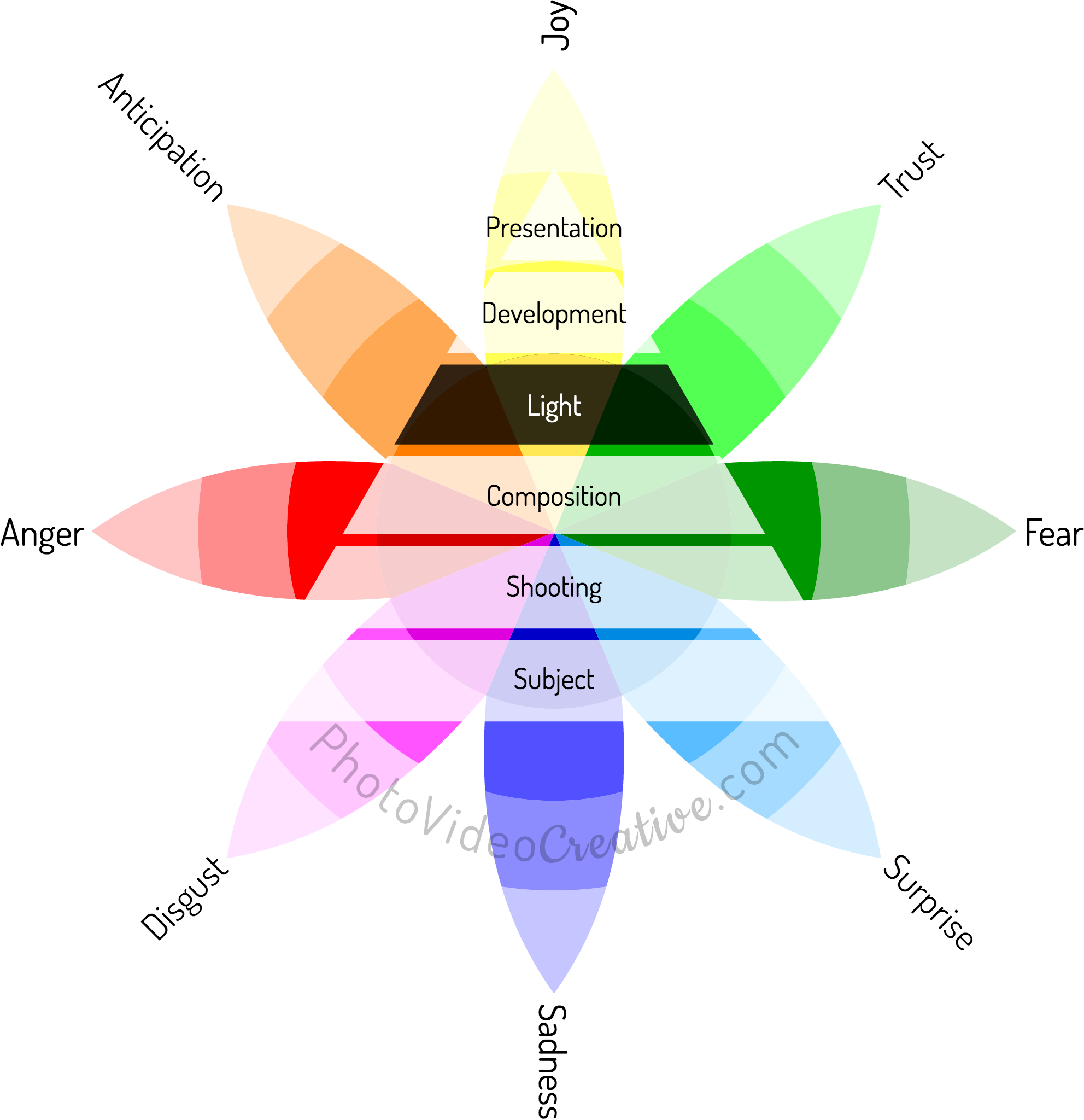
Natural and Artificial Lights: A Question of Color Temperature
The only source of natural light is the sun. All others are artificial light sources: fire, incandescent, gas or LED bulbs, etc. If you have a flash for your camera, it is of course an artificial light.
Natural light and artificial lights share the same possibilities:
- Direct or diffuse light
- Light that comes in various orientations
Nevertheless, an artificial light has a distinctive characteristic against natural light: its color temperature and its color cast.
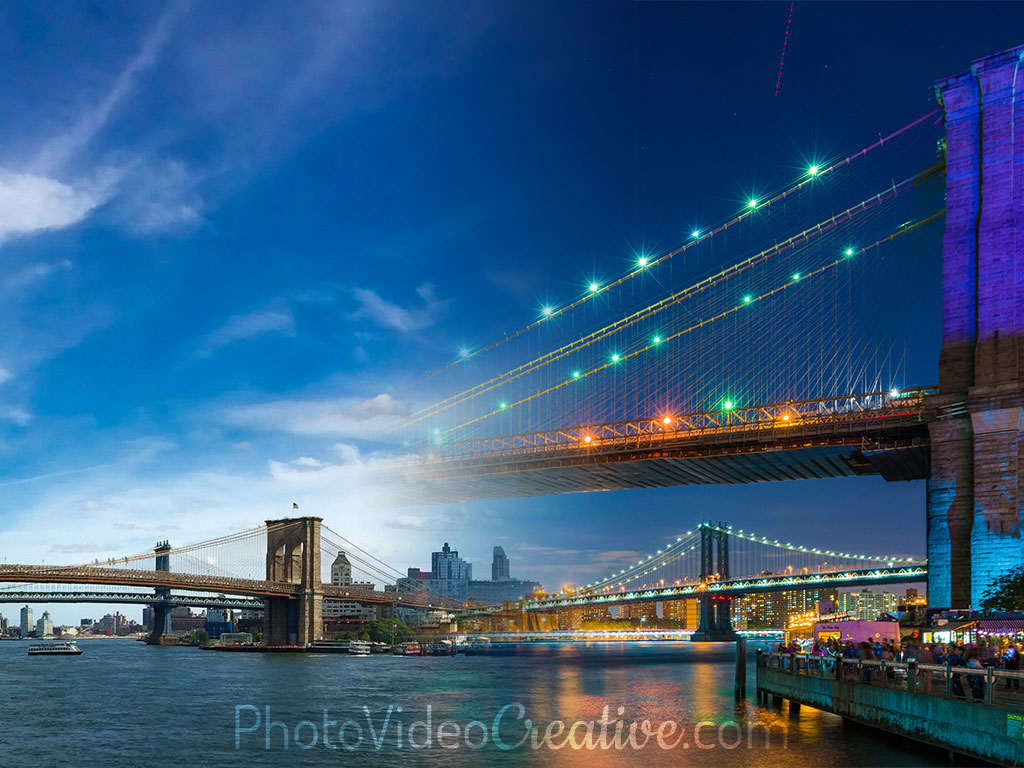
The Color Temperature
Natural light is a radiation in which all colors are represented equally in the visible electromagnetic spectrum. These different electromagnetic waves are superimposed and are interpreted by our brain as the white color. Such a light can also be emitted if a black body is heated to 5500 Kelvin (5773 ° Celsius): this is the color temperature of sunlight in the middle of the day.
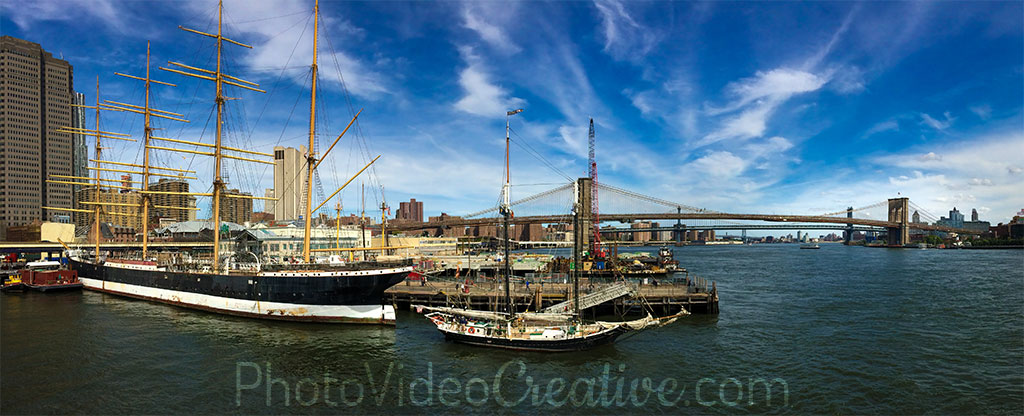
The fire emits a light whose blue colors are very attenuated or even absent: this is why the fire appears to us with a yellow-orange light. Similarly for an incandescent bulb that emits a less red light and more towards the yellow. The fire thus has a color temperature around 2000 K, an incandescent lamp at around 2700 K.
A fluorescent or neon light bulb emits light where certain colors are absent, such as reds, yellows, blues or greens. This results in lights with a color cast that can be green or magenta for example. Their color temperatures are between 3000 K and 4000 K.
A LED or halogen gas bulb, depending on the technologies used, can emit a light either like a bulb or very close to natural light. Their color temperatures range from 3000 K to 6000 K.
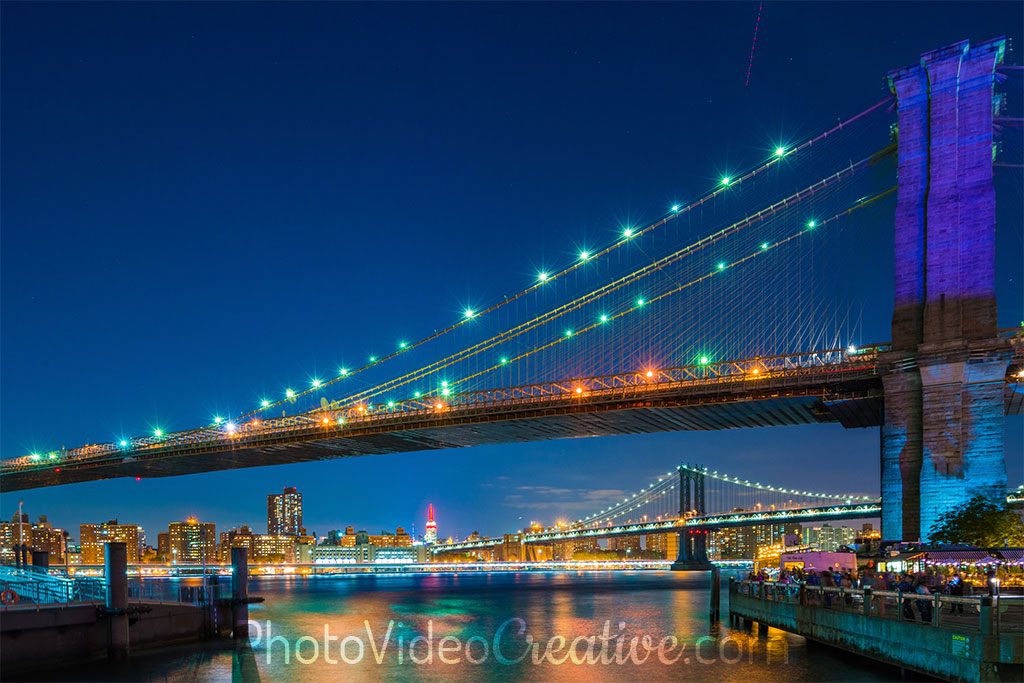
A Quick Reminder About The Theory of Emotions
All types of emotions that we feel can be represented on a wheel with 8 primary emotions according to the theory of emotions of Plutchik. These primary emotions come in varying intensities (the most intense are at the center) and combine in 24 other emotions.
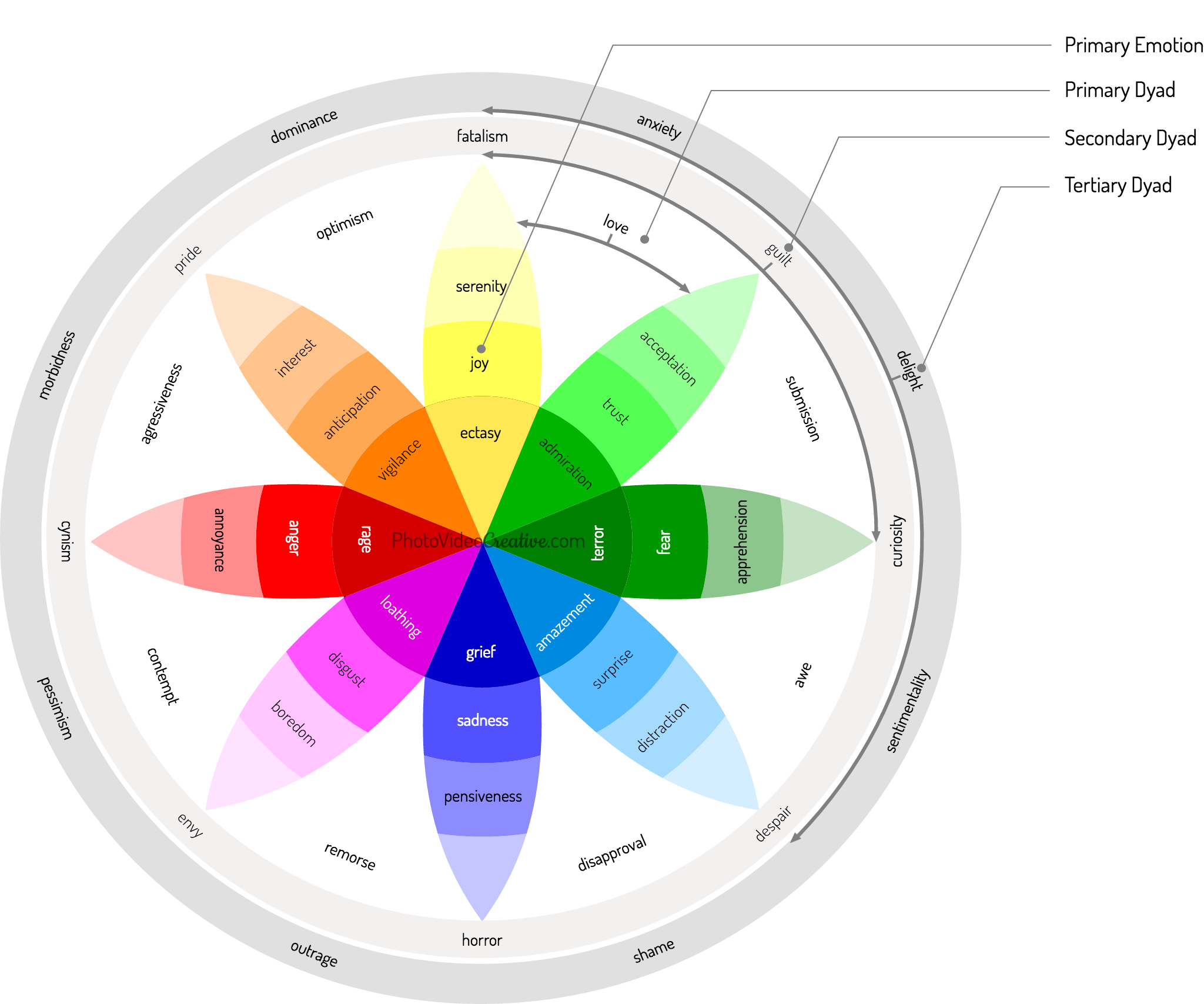
Artificial Lights and Emotions
Depending on the dominant light source in a scene, your eye and your brain, as well as your digital camera will operate a white balance. They will automatically determine what should be considered white or neutral gray.
When there is only one type of light illuminating the scene you want to photograph, the fact that you are illuminated by a single artificial light is no more different than being illuminated by natural light. It always look white and neutral to you.
On the other hand, as soon as the scene mixes different types of light, the color temperatures will be multiple: it is these luminous atmospheres with contrasted colors that will provoke or reinforce your emotions. These contrasts are particularly striking when you can contrast warm light and cold light. Often, the same urban scene taken in natural light will make you feel less emotion than when it is enhanced by artificial lights.
Be careful not to make a mistake:
- A warm light with yellow-orange shades has a low color temperature (2000 to 3000 K)
- A cold light with bluish tints has a high color temperature (6000 to 8000 K)
Thus, in the picture of the Brooklyn Bridge above taken at the end of the blue hour, the cloudless sky is of a higher color temperature than the lights of the city. The sky therefore has a colder (blue) light than the city that has warmer lights (yellow-orange). To emphasize this contrast, you must choose a white balance with a color temperature close to the artificial lights (here set to 2850 K). This contrast between blue and orange-yellow lights will reinforce your emotions like:
and other emotions derived from primary emotions.
Did you miss photos because of a mix of light sources? Would you now be able to choose the right white balance based on how you feel? In which situations would you like to experiment this technique? Leave me your comments, I will answer with pleasure.
Let’s Go On Together!
Learn how to photograph with my 6-step method to make your photos first with your emotions. An intuitive approach that focus on what you are feeling, before considering any tools and techniques!
Then understand why light in photography is indispensable in the expression of your emotions and be inspired by the different aspects of light:
- Direct Light / Diffuse Light: the effects of shadow and contrast on your emotions
- Directional Light: different light positions for different emotions
- Day Lights / Night Lights: the spectrum of lights throughout the day and their associated emotions
- Natural Light / Artificial Lights (this post)
- Warm Light / Cold Light: white balance interactions with emotions
- Single Light / Multiple Lights (soon): introduction of subtlety and complexity with light for your emotions
Do not miss my future posts to better capture and share your emotions in picture: subscribe to my newsletter and get my free eBook!
Do you like what you’ve learned? Share this post with your loved ones!
Comments